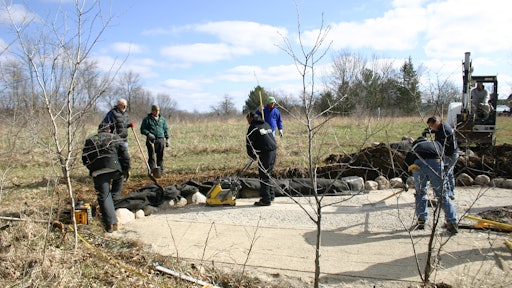
According to data from the U.S. Bureau of Labor Statistics (BLS), the total union membership rate dipped 0.4% last year to 10.7%. It had remained relatively unchanged from 2014-15. The first year union membership data was available, 1983, the rate stood at 20.1%.
Unionization is much more prevalent among public workers: 34.4% compared to 6.4% of private sector workers. Private sector union membership declined just a tad last year, dropping from 6.7%.
In the private sector, the highest union membership rate belongs to the utilities industry (21.5%), followed by transportation and warehousing (18.4%), telecommunications (14.6%) and construction (13.9%). Construction actually climbed 0.9% last year.
The lowest private sector unionization rate is in the finance industry (1.2%) followed by agriculture and related industries (1.3%) which have remained relatively flat.
Men have a slightly higher unionization rate than women: 11.2% compared to 10.2%.
Black workers are most likely to be in a union (14.5%) followed by white (11.7%), Asian (10.1%) and Hispanic (10%).
Among full-time workers, union members’ median usual weekly earnings are 25% higher than non-union workers.





























